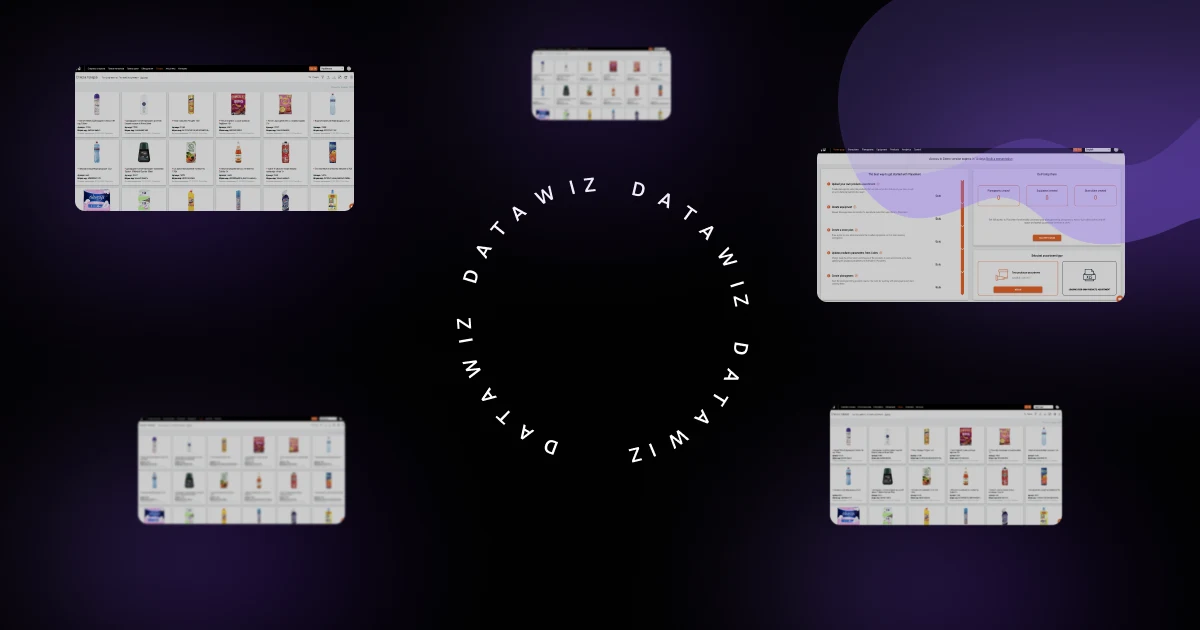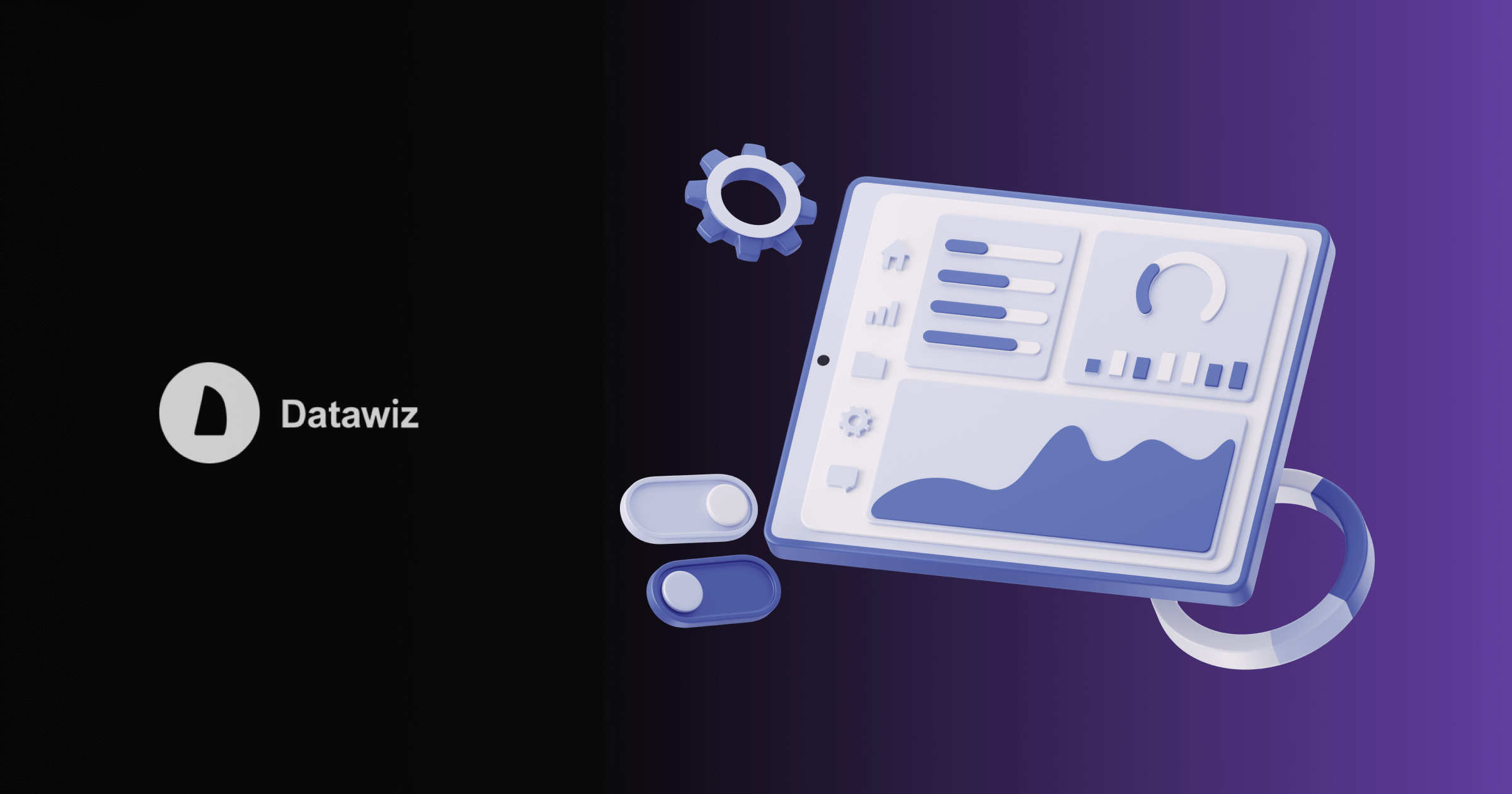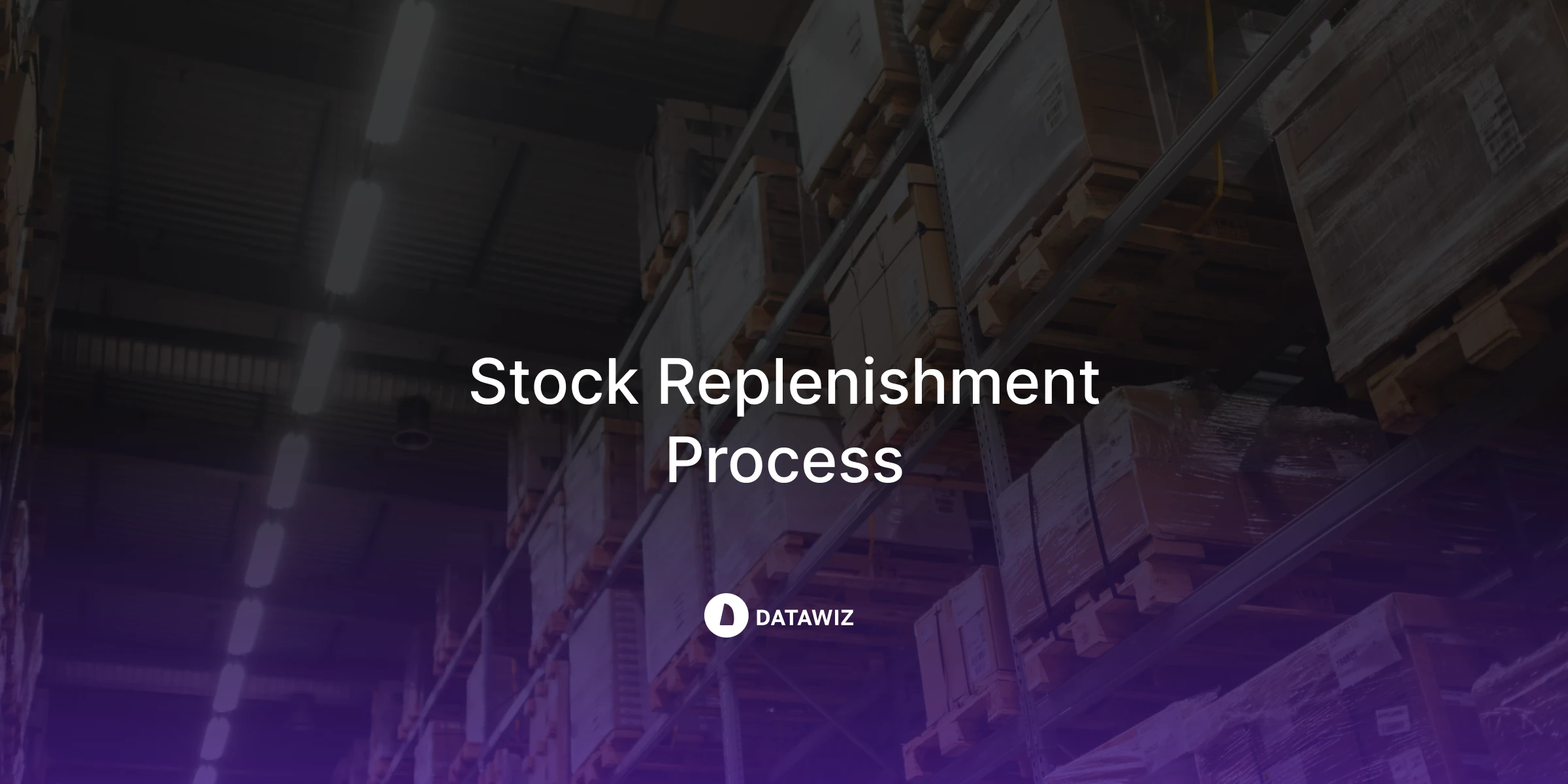Datawiz Blog
Subskrybuj wiadomości, spostrzeżenia i praktyczne porady dla sprzedawców detalicznych

Demand Sensing VS Demand Forecasting in Retail
Demand Sensing VS Demand Forecasting in Retail. Challenges and Limitations of Demand Sensing and Demand Forecasting

PlanoHero tariff plans. Overview of features and benefits
An overview of the features in PlanoHero tariff plans. Which plan is right for your chain?

BI Tools: Interaction Of Technologies And Trends
Thanks to the best BI tools, you will receive structured data to start turning into retail insights from the first day of service integration.

Best of the Best: the Most Popular BI-systems in the Retail World
Tableau VS Power BI? Klipfolio VS Qlik? Or is Datawiz.io better still? Here's a ranking of the best BI systems for your business.
Wszystkie artykuły
Wyniki wyszukiwania: ""
Nie znaleziono nic dla tego żądania

Demand Sensing VS Demand Forecasting in Retail
Demand Sensing VS Demand Forecasting in Retail. Challenges and Limitations of Demand Sensing and Demand Forecasting

What Is Trade Promotion Optimization (TPO) and Why is it Important?
What Is Trade Promotion Optimization (TPO)? How Retail Promotion Optimization Improves Decision-Making. Best Practices for Approaching Trade Promotion Optimization

Which Pricing Strategy Works Better for Grocery Retail: Differential Pricing or Dynamic Pricing?
What is Differential Pricing? Advantages of a Differential Pricing Strategy in Grocery Retail. The Role of Retail Analytics in Pricing Optimization

Which Inventory System Works Better for a Brick-and-Mortar Store: Manual Tracking or Automated BI Tools?
What Is Brick-and-Mortar Store? Types of Brick and Mortar Shops. Manual Inventory Tracking vs. Automated BI Tools: What Works Better for Brick-and-Mortar Stores?

Which Works Better for Obsolete Inventory: Discounting or Selling to Liquidators?
What Is Obsolete Inventory? How to Identify Obsolete Products. Discounting vs. Selling to Liquidators. Steps to Reduce Future Obsolete Inventory

What’s the Best Method to Liquidate Inventory for a Small Grocery Store?
What Is Inventory Liquidation? Common Reasons Small Grocery Stores Liquidate Inventory. Effective Methods to Liquidate Inventory in Small Grocery Stores

The Ultimate Guide to the Stock Replenishment Process
Discover how retail stock replenishment works. Explore key methods, best practices, and tools to optimize your inventory management.

What is Product Bundling?
What is Product Bundling? Benefits of Product Bundles for Retail Chains. Types of Product Bundling in Retail

Fashion Business Intelligence
What Is Fashion BI Software? Key Features and Components of Fashion BI Software. Why Fashion Brands Need BI Tools
 Co nowego?
Co nowego?
 Nie potrzebna karta bankowa!
Nie potrzebna karta bankowa!